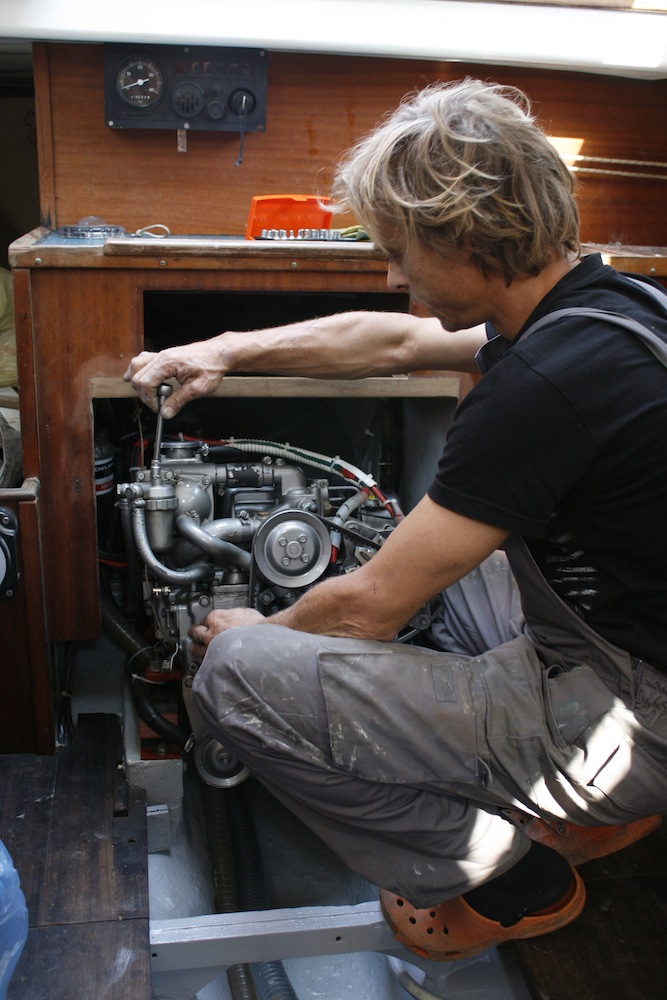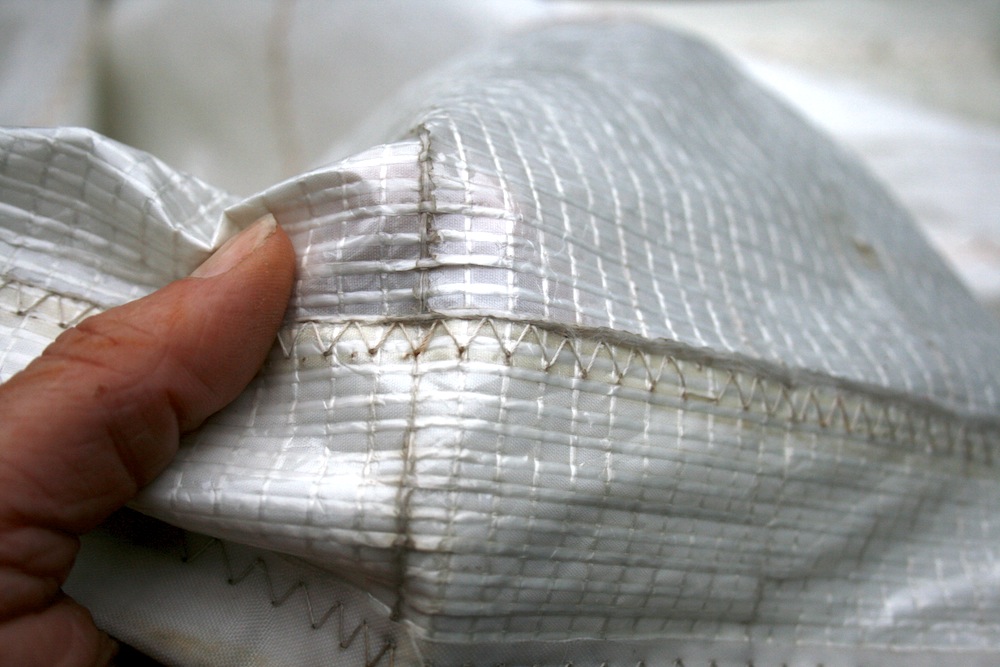 It pays dividends through the season to make a thorough job of fitting out. Not only does it help protect the considerable investment in your boat, but also maximises speed and reliability and ensures essential safety issues are addressed. Much of what’s needed centres around inspecting the whole boat and its systems.
It pays dividends through the season to make a thorough job of fitting out. Not only does it help protect the considerable investment in your boat, but also maximises speed and reliability and ensures essential safety issues are addressed. Much of what’s needed centres around inspecting the whole boat and its systems.
Check all mouldings for scratches, chips, stress cracks and other damage to the gel coat. Cracks should be investigated to ascertain how deep into the structure they penetrate. Open the crack into a v shape using a sharp chisel; if it does not extend beyond the gelcoat, a cosmetic repair is all that’s required. However, if damage extends into the laminate below a professional repair will be needed.
Under water
Examine the keel and rudder for damage and repair as necessary, paying particular attention to both leading and trailing edges. If there’s any play in the steering now is the time to fix it as this reduces feel and control and adversely affects handling. Start by checking rudder bearings by holding the bottom of the foil with both hands and moving it both fore and aft and side to side. Don’t worry about exerting too much pressure – you won’t get close to the dynamic loads encountered at sea, but do make sure the boat is securely chocked first. If any slop is detected the bearings should be replaced. With wheel steering systems all linkages and wires in the mechanism should be checked for wear or slack due to stretching and adjusted as necessary.
Through-hull fittings are all too frequently neglected. Weakening of metal through-hull fittings is often caused by electrolysis – a white powder inside the hull around the fitting is a sure sign of dezincification. In any case, check all seacocks operate freely, and grease them before launching. Also, check log and depth-sounder transducers for damage.
Sacrificial anodes should be replaced when one-third degraded. Check outer edges of the propeller blades for damage. Surface pitting, accompanied a pinkish discolouration that’s more than surface deep is a sure sign of electrolytic action damaging the prop and should be investigated further. Also, check the cutlass bearing that supports the propeller shaft in the P bracket for wear.
Rig, sails and deck fittings
A full rig check is a sensible precaution and, while visual check won’t tell you everything – hairline cracks invisible to the naked eye can cause stainless steel to fail –it’s a good place to start. Check all terminals and fittings for visual condition and security, paying attention to spreader roots and rigging attachment points. Check also the condition of the gooseneck fitting and attachment points for the vang and mainsheet.
Sails should be unfolded and examined carefully for chafe, cuts, tears and early signs of delamination, especially on high load areas such as batten pockets, corners, leech, reef points and spreader patches.
Carefully check deck fittings for damage and correct operation and service the winches, being careful not to over grease components on reassembly. Also, check all lines – halyards, sheets, reefing pennants and so on – for chafe and other damage.
Interior and systems
 It’s worth undertaking a full inventory check before the boat goes in the water – is everything present, serviced and up to date and in working order? Is the stowage plan up to date? Also be ruthless about getting rid of excess stuff that you don’t need – many boats accumulate non-essential junk over time.
It’s worth undertaking a full inventory check before the boat goes in the water – is everything present, serviced and up to date and in working order? Is the stowage plan up to date? Also be ruthless about getting rid of excess stuff that you don’t need – many boats accumulate non-essential junk over time.
Bilge pumps and heads pumps need periodic servicing. This is perhaps not necessary annually on a boat where they are only used occasionally, but if the job wasn’t done last year consider doing it this year. In any case, check the operation of the pumps so that any problems are identified at an early stage.
Electrical systems, especially those of older boats, can be notoriously unreliable, so it’s worth spending time to ensure all is well, remembering that failures of items that are rarely used often go unnoticed. Check the operation of all lights and equipment and charge the batteries if necessary. Once afloat, check all instrument functions operate correctly.
If it was not carried out at the end of the previous season, the engine should have a full service. In any case, make a general check to include drive belt tension and condition plus an examination of all wiring and pipework to check for loose connections and chafe.
Photos: all © Rupert Holmes














